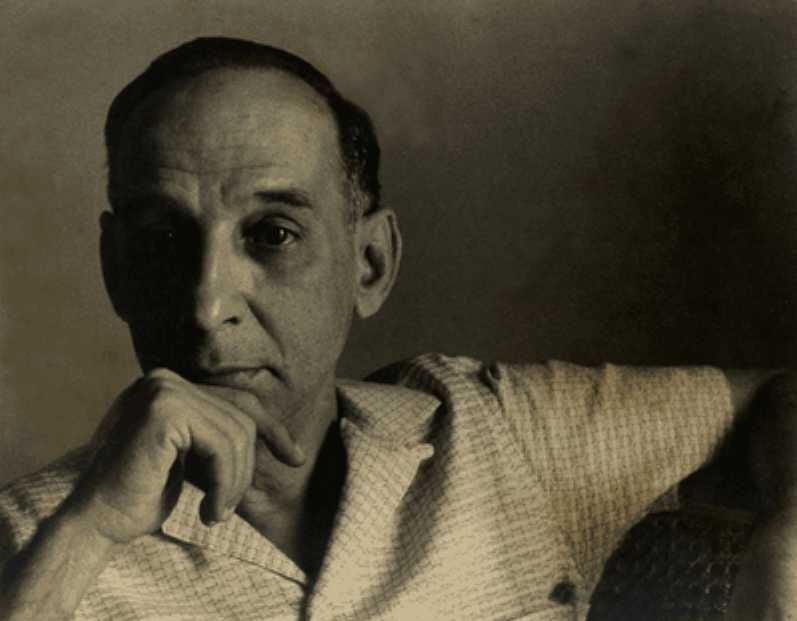4.1.2.3.1 The poetic work of Virgilio Piñera (1912 – 1979), aesthetic conceptions

Virgilio Piñera belonged to the Orígenes group, but his poetry was, in a way, the antithesis of the group, an atheism that contrasted with the religiosity assumed in various ways but shared by the rest of the members. His explorations of Cuban culture took on a negative tone in his work, one of dissolution of national identity, but he nevertheless arrived at his poetic discovery through other means.
If Orígenes was essentially characterized by a transcendent sense of the poetic, Virgilio Piñera focused on the inconsequential aspects of reality and even the absurd, becoming one of the precursors of this worldview in the theater as well. He was influenced early on by Franz Kafka, Aime Cesaire, and other writers, including those of the surrealist movement.
According to Cintio Vitier, “His poetry rests on an exploration of the personal demonic and on a perpetual censorship of the instrument and the object, which leads him to conceive poetic activity as a continuous schism, as an incessant search.”
In this sense, Piñera’s poetics resides in the abandonment or disbelief of any system by which reality has been valued, leading to a sense of emptiness or so-called meaninglessness. Religion, morality, and even aesthetic norms—that is, everything adopted as a form of civilization—are deconstructed by the writer to capture essences, but in truth, only the recurring emptiness remains.
Virgilio Piñera’s poetry is incorporated into the national tradition through another route, with enriching discoveries in the confluence of diverse currents, among which are also a Cubanized surrealism and romantic reminiscences that could not be fully exorcised. Negation is above all an attempt to transcend the preceding lyric poetry, but with a foundation in a somewhat desolate worldview of humanity.
The poet lived in Buenos Aires, Argentina, for 14 years, heading that country’s consulate. He also worked as a translator and performed other cultural duties. Among the magazines he contributed to were Espuela de Plata, Grafos, Clavileño, Ultra, Orígenes, Gaceta del Caribe, Lyceum, Universidad de la Habana, Lunes de Revolución, La Gaceta de Cuba, and Unión. In Buenos Aires, he contributed to Sur, Hoy, Realidad, Mundo Argentino, and Anales de Buenos Aires. After the triumph of the Revolution, he returned to the island and attempted to integrate into the revolutionary process, but without complete success.








